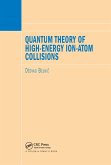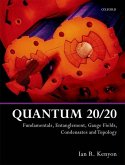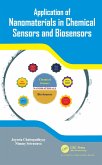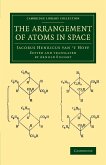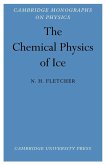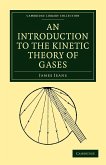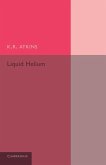Quantum Mechanics will enthuse graduate students and researchers and equip them with effective methodologies for challenging applications in atomic, molecular, and optical sciences and in condensed matter and nuclear physics also. This book attempts to make fundamental principles intuitively appealing. It will assist readers in learning difficult methods. Exposition of fundamental principles includes a discussion on position-momentum and energy-time uncertainty, angular momentum algebra, parity, bound and unbound eigenstates of an atom, approximation methods, time-reversal symmetry in collisions, and on a measurable time delay in scattering. It also provides an early introduction to Feynman path integrals and to geometric phase. A novel Lambert-W method to solve quantum mechanical problems is also introduced. It seeks to enable readers gain confidence in applying methods of non-relativistic and relativistic quantum theory rigorously to problems on atomic structure and dynamics, spectroscopy and quantum collisions, and problems on introductory quantum information processing and computing.
Hinweis: Dieser Artikel kann nur an eine deutsche Lieferadresse ausgeliefert werden.
Hinweis: Dieser Artikel kann nur an eine deutsche Lieferadresse ausgeliefert werden.


